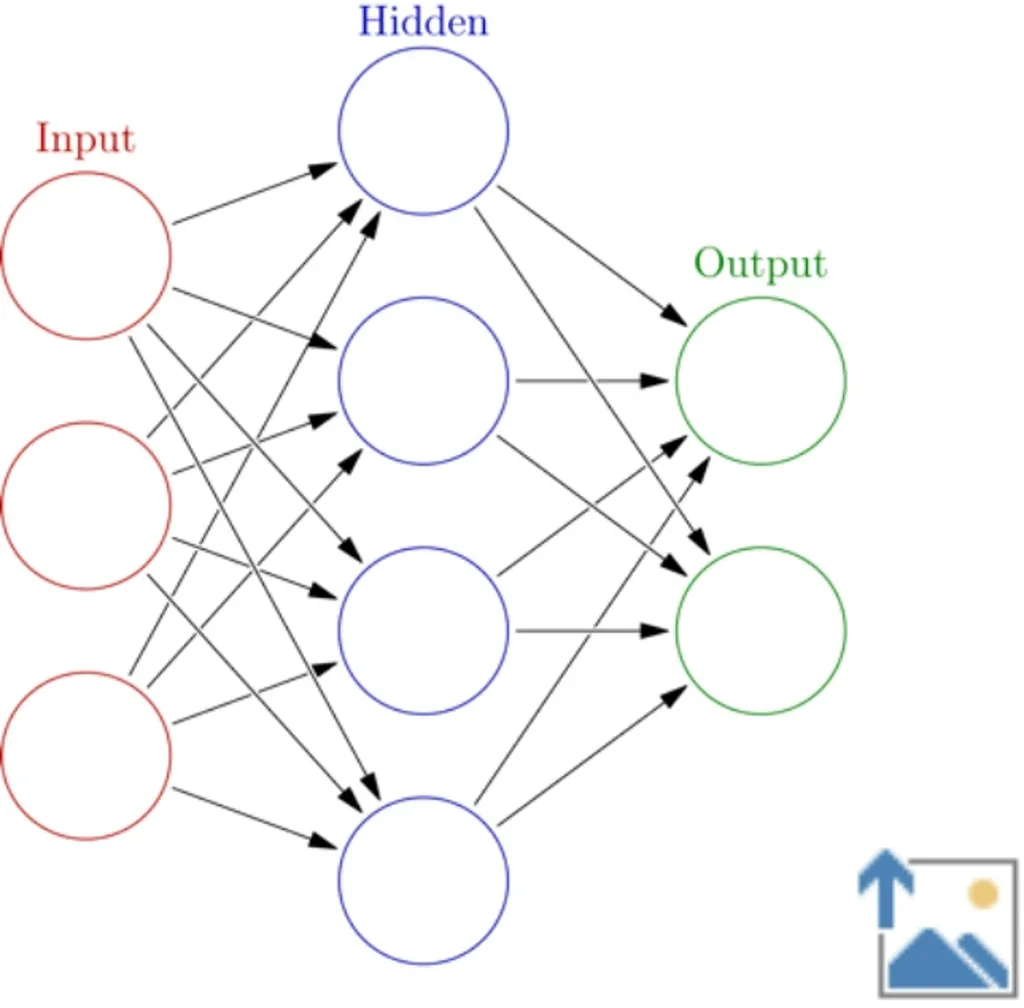In the ever-fluctuating world of agricultural commodity markets, predicting price movements with accuracy is akin to navigating a labyrinth blindfolded. Yet, a groundbreaking study led by R. L. Manogna from the Department of Economics and Finance at Birla Institute of Technology and Science, Pilani, K K Birla Goa Campus, has shed new light on this complex challenge. Published in the esteemed journal *Scientific Reports* (translated to English as *Scientific Reports*), the research delves into the efficacy of deep learning models in forecasting agricultural commodity prices, offering a beacon of hope for traders, policymakers, and farmers alike.
The study, which evaluated the performance of various traditional and advanced models, found that deep learning approaches, particularly Long Short-Term Memory (LSTM) networks and Gated Recurrent Units (GRU), significantly outperform traditional methods in capturing the intricate temporal patterns of commodity prices. “The results were quite remarkable,” Manogna noted. “Deep learning models demonstrated an unprecedented ability to navigate the volatility and nonlinear dynamics of agricultural commodity prices.”
The research focused on 23 commodities, using daily wholesale price data from January 2010 to June 2024. The findings revealed that GRU models achieved a Root Mean Squared Error (RMSE) of 369.54 for onions and 210.35 for tomatoes, a stark contrast to the ARIMA model’s RMSE values of 1564.62 and 1298.60, respectively. Moreover, the Mean Absolute Percentage Error (MAPE) for GRU was notably lower, at 14.59% for onions and 10.58% for tomatoes. These results underscore the potential of deep learning to revolutionize price forecasting in the agricultural sector.
The implications of this research are profound. Accurate price forecasting can enable better market interventions, enhance crop planning, and improve risk management strategies. “This is not just about improving models; it’s about empowering stakeholders with the tools they need to make informed decisions,” Manogna explained. The study recommends exploring hybrid models and incorporating external factors like weather data to further enhance forecasting reliability.
As the agricultural sector continues to grapple with price volatility driven by weather variability and market demand fluctuations, the insights from this study offer a promising path forward. By leveraging the power of deep learning, stakeholders can better navigate the complexities of the market, ensuring more stable and predictable outcomes. The research not only highlights the potential of deep learning in agricultural commodity price forecasting but also paves the way for future developments in this critical field.

